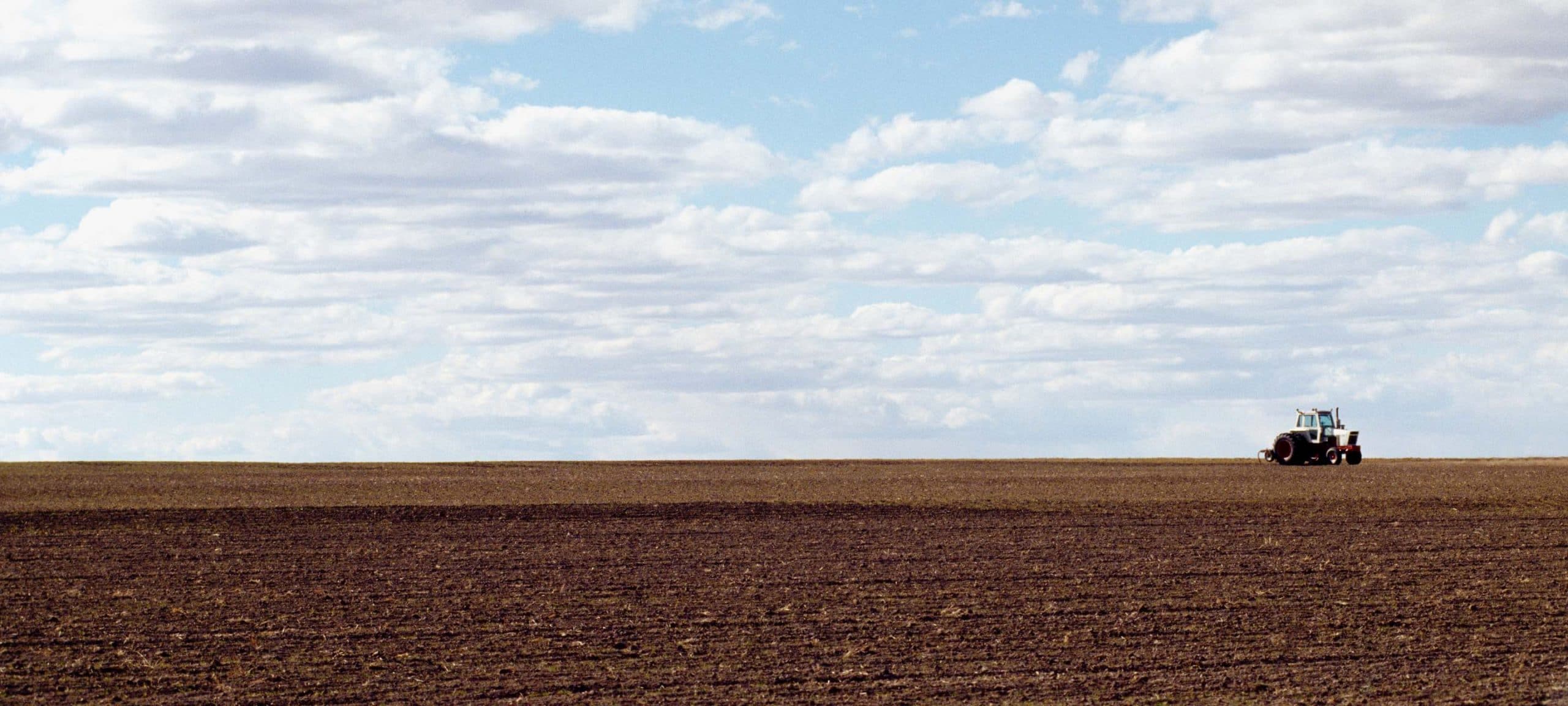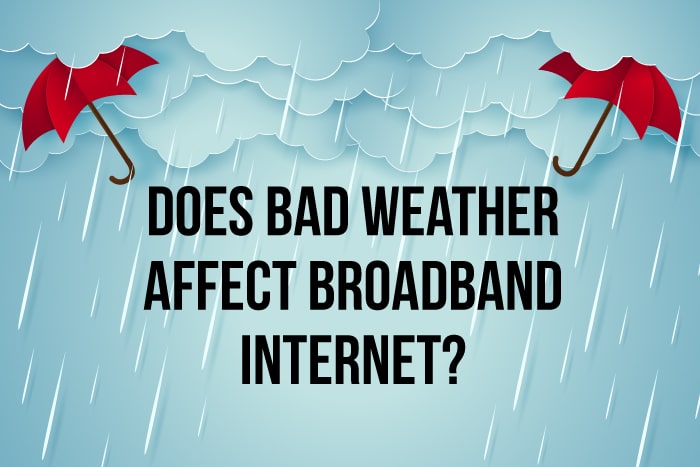Inclement weather can interfere with your plans and special occasions, causing delays or cancellations. Beyond mere inconvenience, bad weather can significantly hinder various forms of internet connectivity. Whether it’s heavy rain, snow, severe thunderstorms, or high winds, different types of internet connections react in unique ways.
Understanding how these weather conditions affect the four main internet technologies—fiber, cable, 5G, and satellite—can help consumers make informed decisions about which type of internet service to choose. The key is to decide based on the climate and typical weather issues (or potential hazards) in your area. Below, we take a closer look at each technology and how it’s impacted by bad weather. We’re confident that once you’re armed with the basic facts, you’ll easily choose SCTelcom’s advanced fiber network for your internet service!
1. Fiber Internet: The Most Resilient and Weather-Resistant Internet Available
Fiber internet is usually considered the gold standard of high-speed internet. With its impeccable reliability, sturdy but flexible materials, and near-light speed download capabilities for pristine TV and movie streaming, video conferencing, and gaming, fiber stands out from the pack.
Utilizing light to transmit data through glass-like “hairs,” fiber is essentially immune to many of the issues that plague older and inferior forms of internet. Additionally, fiber internet infrastructure is largely protected from external weather disruptions because the cables are buried underground or housed in protective conduits. This makes them highly resistant to atmospheric issues like rain, snow, or wind that slow down or even interrupt other internet services.
Of course, no technology is totally safeguarded from Mother Nature’s impacts—especially when she’s having a temper tantrum! Extreme weather events like flooding or natural disasters (e.g., hurricanes or earthquakes) can still damage underground infrastructure, resulting in service interruptions. Additionally, power outages caused by weather can disrupt fiber services if backup systems become overwhelmed, which, though rare, can occur.
2. Cable Internet: Older Technology Particularly Susceptible to Physical Damage
Next, we turn to a technology especially common in the 1980s and 90s—cable. Cable internet uses coaxial cables to deliver internet services to homes and businesses—the same cables used for decades to provide television service. Like fiber internet, the coaxial cables themselves are usually run underground or along telephone poles. However, unlike fiber, coaxial cables transmit data as electrical signals, which are significantly more susceptible to interference than fiber’s advanced and sophisticated materials and technology—especially when weather conditions deteriorate.
When high winds, snow, or ice cause physical damage to the infrastructure—such as downed power lines or broken poles—it can disrupt service. Additionally, water and moisture can affect signal quality. Heavy rainfall, flooding, or melting snow can lead to signal degradation, causing slower speeds or intermittent outages. In short, just as cable television’s service and picture quality are persnickety and spotty in bad weather, cable internet service is just as frustrating.
3. 5G Internet: Vulnerable to Environmental Interference
Another common form of internet is 5G internet (also known as wireless internet), which uses the same technology that delivers cellular telephone service to your smartphone. It operates over high-frequency radio waves, which allow for faster data transmission than previous iterations of internet (i.e., 4G).
However, 5G also has some downsides, especially when the weather goes south. Compared to fiber or even cable internet, 5G is much more vulnerable to environmental interference. The higher-frequency signals used by 5G are easily blocked or disrupted by physical obstructions, including trees, buildings, and even rain or snow.
Heavy rain or dense snowstorms can weaken 5G’s signal, causing reduced speeds or service interruptions. Even fog can be problematic in areas with dense coverage, as it may scatter the signals, leading to poor performance. Thus, 5G falls short of other technologies, especially fiber, when it comes to handling varying weather conditions.
4. Satellite Internet: A Space-Age Technology Severely Impacted by Weather
Finally, we turn to satellite internet, which provides connectivity through satellites orbiting the Earth. It works by transmitting signals from the ground to satellites in space and back, making it a not-uncommon option in rural or remote areas where other types of internet are unavailable. Consumers should be aware, though, that satellite internet has some notable drawbacks when it comes to weather interference.
Far more than fiber, cable, or 5G, satellite internet is plagued by weather disruptions. The signals that travel between Earth and the satellite can be blocked or reflected by heavy rain, snow, or even thick cloud cover, causing slow speeds or complete service loss during storms. This irritating phenomenon is called “rain fade,” which occurs when rain or moisture in the atmosphere weakens the satellite signal, resulting in a drop in performance.
Also, severe weather conditions like hurricanes, snowstorms, or thunderstorms may not only disrupt the satellite signal but also physically damage the satellite dish or related equipment. In some cases, high winds can even move the satellite dish out of alignment, further disrupting the connection and requiring a service call to fix the problem that can take days to schedule.
As you can see, fiber is hands down the most reliable, weather-resistant internet service you can get. From its strong and flexible materials to its carefully placed infrastructure, fiber has the stuff to withstand all but the worst of nature’s fury.

